Meditation, known in Sanskrit as Dhyana (from dhyai – “to contemplate”), is one of the most ancient practices for harmonizing the body, mind, and soul. Rooted in the Vedas and Upanishads, meditation was taught as a pathway to self-realization and union with the Divine. In today’s fast-paced world, it is equally valued as a simple yet profound technique to manage stress, improve focus, and rediscover inner peace.
Far more than relaxation, meditation is a discipline of awareness. It trains the mind to move beyond restless thoughts and connect with deeper stillness. Scriptures describe it as the gateway to liberation (moksha), while modern science confirms its benefits in lowering blood pressure, reducing anxiety, and enhancing emotional balance.
Whether practiced through mantras, breath awareness, or mindfulness, meditation continues to be a timeless bridge between ancient wisdom and modern wellbeing.
What is Meditation?
Meditation, or Dhyana, is the discipline of quieting the mind and resting in awareness. Instead of being carried away by thoughts, the practitioner learns to observe them with stillness and clarity.
In the yogic tradition, it is described as the bridge between concentration (dharana) and absorption (samadhi). This makes meditation not only a technique but also a spiritual journey, moving from focus to union with the higher Self.
It can take many forms: sitting in silence, repeating a mantra, focusing on the breath, or reflecting on compassion and gratitude. In every case, the aim is the same, to move inward, find balance, and experience the presence of the Divine within.
Scriptural and Spiritual Significance
Meditation has always been at the heart of Hindu philosophy. The Upanishads describe it as the turning inward of the mind and senses to realize the Self. The Katha Upanishad teaches that when the mind becomes still and the intellect unwavering, one attains the highest state. The Chandogya Upanishad speaks of meditating on Om, the sacred syllable, as a way to enter deeper states of awareness. The Mandukya Upanishad goes further, declaring that Om itself is the entire universe, covering waking, dreaming, deep sleep, and the transcendental state called turiya.
The Bhagavad Gita , in its chapter on Dhyana Yoga, gives practical instructions for meditation. Lord Krishna advises the seeker to choose a pure, quiet place, prepare a steady seat, sit upright with body and gaze aligned, and focus the mind inward. He emphasizes patience, whenever the mind wanders, gently bring it back. The result is described as a deep joy that arises within, unshaken by life’s ups and downs.
In the Yoga Sutras of Patanjali, meditation is placed as the seventh of the eight limbs of yoga. Patanjali defines dhyana as the steady flow of awareness toward one object. This practice leads naturally into samadhi, the state of complete absorption. Patanjali also highlights Om as the sound-symbol of the Divine, making mantra and meditation inseparable.
Together, these scriptures reveal meditation as both a discipline and a doorway, it stills the restless mind, awakens inner clarity, and opens the path to union with the Supreme.
Types of Meditation
Meditation has many paths, each offering unique ways to quiet the mind and awaken awareness. Some are rooted in the Vedas and yoga, while others come from Buddhist or modern wellness traditions. Together, they give seekers different doorways to the same inner stillness.
A) Vedic–Yogic Core (Hindu tradition)
Mantra Meditation (Japa):
Repeating a sacred sound such as Om or Om Namah Shivaya with the breath and a mala. Builds focus, devotion, and inner calm.
Dhyana (Single-pointed focus):
The classical yogic meditation described by Patanjali, where attention rests steadily on one object, breath, or flame until the mind becomes still.
Yoga Nidra (Yogic Sleep):
A guided relaxation where awareness moves through the body, breath, and imagery, leading to deep rest between wakefulness and sleep.
Chakra or Visualization Practices:
Using seed sounds, colours, or deity images to balance the body’s energy centres, often paired with pranayama.
Reflective Meditation (Atma-vichara):
Quiet self-inquiry, asking questions like “Who am I?” or “What is my purpose?” until deeper understanding arises.
Transcendental Meditation (TM):
Silent mantra practice introduced in modern times, usually taught by a teacher, practiced for 15–20 minutes daily.
B) Mindfulness & Compassion Practices
Mindfulness Meditation:
Paying attention to the present moment, whether in sitting, breathing, or daily activities, without judgment.
Vipassana (Insight Meditation):
Observing sensations, thoughts, and feelings to see impermanence and develop inner clarity.
Loving-Kindness (Metta):
Repeating phrases such as “May I be happy, may I be safe,” extending compassion to oneself and others, softening anger and building empathy.
C) Guided & Somatic Practices
Guided Meditation:
A teacher, recording, or app leads you step by step through relaxation, visualization, or mantra. Helpful for beginners.
Body-Scan Meditation:
Moving awareness gently through each part of the body, releasing tension and improving relaxation; often used for stress and sleep.
Walking Meditation:
Practicing awareness while walking slowly and mindfully, noticing each step and the connection between body and earth.
D) Devotional & Zen Practices
Bhakti or Naam Japa:
Repetition of the Divine Name, such as the Hare Krishna Mahamantra, often sung in kirtan with music and devotion.
Zen (Zazen):
Sitting upright in silence, following the breath and observing thoughts without clinging, a disciplined practice of insight and presence.
Rituals and Procedure of Meditation
Meditation is simple, but tradition emphasizes creating the right environment and mindset so the practice becomes deeper and more effective. Here is a step-by-step guide:
1. Choose the Right Time
- Early morning (Brahma Muhurta) or evening are considered most auspicious.
- These are quiet hours when the mind is naturally calm.
2. Select a Peaceful Place
- Find a spot free from noise and distractions.
- A clean mat of wool, kusha grass, or cotton is traditionally used to insulate energy.
3. Prepare Yourself
- Wear loose, comfortable clothing.
- Sit on an empty or light stomach for better focus.
- A few minutes of gentle stretches or yoga postures can help release restlessness.
4. Posture (Asana)
- Sit upright with spine straight, shoulders relaxed, and hands resting on the knees or in a mudra.
- You may sit cross-legged on the floor or on a chair with feet flat- comfort is key, but stability is important.
5. Focus on the Breath
- Begin with slow, deep inhalations and exhalations.
- Observe the natural rhythm of breathing without forcing it.
- Breath awareness helps draw the mind inward.
6. Choose a Method
- Depending on your inclination, you can:
- Repeat a mantra like Om or Om Namah Shivaya.
- Visualize a divine form, flame, or chakra.
- Practice mindfulness, observing thoughts as they arise without attachment.
7. Gently Return the Mind
- The mind will wander; this is natural.
- Each time, gently bring it back to your breath, mantra, or focus point without judgment.
8. Duration
- Beginners may start with 5–10 minutes daily.
- Gradually increase to 20 minutes or more as concentration improves.
- Consistency is more important than long sessions.
9. Closing the Practice
- End by taking a few deep breaths.
- Slowly open your eyes, bringing awareness back to the body and surroundings.
- Sit quietly for a moment before returning to daily activity.
Emotional, Cultural, Social, and Psychological Value of Meditation
Emotional Value
Meditation helps calm turbulent emotions and cultivates inner balance. It softens anger, fear, and restlessness, while strengthening qualities like patience, gratitude, and compassion. For many families, even a few minutes of shared silence in the morning or evening becomes a practice of bonding and emotional renewal.
Cultural Value
In India, meditation has always been woven into daily life. It is part of morning prayers, yajnas, temple rituals, and the discipline of yoga. From Vedic sages to modern practitioners, meditation has been seen not just as a practice but as a way of life, ensuring continuity of tradition across generations.
Social Value
Collective meditation, whether in satsangs, yoga retreats, or festivals, creates a shared vibration of peace and unity. When communities practice together, it fosters harmony, reduces conflict, and strengthens social bonds. Even in workplaces today, group meditation is being introduced to improve teamwork and mutual respect.
Psychological Value
Modern psychology affirms what ancient texts taught: meditation improves mental health by reducing stress, anxiety, and depression. It helps regulate attention and emotional responses, enhances creativity, and builds resilience. Practicing regularly rewires the brain toward calmness and focus, making it easier to face challenges with clarity and stability.
Scientific or Psychological Perspective
Modern research strongly supports what ancient sages already knew, meditation changes the mind and body in real, measurable ways.
Reduces stress, anxiety, and depression: Clinical studies show that regular meditation helps people feel calmer, less anxious, and less depressed. It also helps manage everyday stress more effectively.
Supports heart health: The American Heart Association notes that meditation can be a useful addition to medical care. It may help lower blood pressure and reduce stress, though it should not replace medicines or treatments.
Balances the nervous system: Chanting mantras or meditating with steady breath slows breathing to about six breaths per minute. This steady rhythm calms the nervous system and creates a deep sense of relaxation.
Improves focus and reduces rumination: Brain scans show that meditation reduces activity in the “default mode network,” the part of the brain linked to constant wandering thoughts and overthinking. This explains why meditation improves clarity and concentration.
Changes the brain itself: Even an eight-week mindfulness program has been found to increase gray matter in areas of the brain related to memory, learning, emotional control, and empathy.
Helps with sleep and pain: Research shows that meditation improves sleep quality and reduces insomnia. It also helps people cope better with chronic pain conditions.
Supports recovery and wellbeing: Studies suggest that meditation can help people dealing with addictions, improve emotional stability, and raise overall quality of life.
How the Tradition is Adapted Today
Meditation, once practiced mainly by sages and seekers in forests and ashrams, is now embraced by people all over the world. While the essence remains the same, calming the mind and turning inward, the forms have adapted to modern life.
Digital Platforms: Today, thousands of people learn and practice meditation through apps, online courses, and guided videos. Technology has made this ancient practice accessible to anyone with a smartphone.
Workplace and Schools: Many companies and schools include short meditation sessions to reduce stress and improve focus. Even a few minutes of silence can make a big difference in productivity and calmness.
Health and Wellness: Doctors and therapists often recommend meditation as part of treatment for anxiety, depression, blood pressure, and sleep problems. It is increasingly seen as a complement to modern medicine.
Youth and Modern Lifestyle: Millennials and Gen Z practice meditation not just for spiritual reasons but also for mental health, self-care, and mindfulness. Practices like yoga meditation, mindful breathing, and mantra chanting are common among younger generations.
Global Appeal: From yoga studios in New York to monasteries in the Himalayas, meditation has become a universal practice. Different cultures adapt it in their own way, but the heart of the practice, stillness, awareness, and peace- remains unchanged.
Meditation has thus moved from caves and temples into living rooms, classrooms, offices, and even digital spaces, proving that its relevance is timeless.
Regional and Cultural Variations of Meditation
Meditation in India has never been one single practice, each region has nurtured its own ways of turning inward. While the essence remains the same, the styles reflect the diversity of Indian spiritual life.
North India
In the north, meditation is often linked with mantra japa and bhakti traditions. Families chant the Gayatri Mantra or Mahamrityunjaya Mantra daily. In Himalayan regions, saints and yogis still practice deep dhyana in caves and ashrams, carrying forward the Vedic and yogic lineages.
South India
The south has preserved some of the oldest Vedic chanting traditions. Temples in Tamil Nadu and Kerala incorporate meditative recitation of the Vedas, while Advaita Vedanta schools in Karnataka emphasize silent self-inquiry (atma vichara). Practices like Om Namo Narayanaya japa are widely followed.
East India
Meditation here is strongly connected with Shakti worship. In Bengal and Odisha, devotees meditate with Kali and Durga mantras, often accompanied by rhythmic chanting and drumming. In Odisha’s Jagannath tradition, meditation blends with bhakti and ritual service.
West India
Maharashtra’s Warkari tradition encourages naam japa of “Vithoba” or “Rama,” often sung in kirtans while walking long pilgrim routes. In Gujarat, saints promote reflective meditation on compassion (daya) and non-violence (ahimsa), deeply tied to devotional movements.
Northeast India
Here, Hindu meditation practices mix with indigenous traditions. At the Kamakhya temple in Assam, meditation on Devi mantras is common, while local satsangs often combine bhakti songs with silent contemplation. Folk elements blend with classical dhyana, giving it a unique regional flavour.
Myths vs Truths About Meditation
Myth 1: Meditation means having no thoughts.
Truth:
The mind will wander- that’s natural. Meditation is about noticing when it happens and gently bringing your focus back.
Myth 2: You need hours every day to benefit.
Truth:
Even 5–10 minutes daily can improve calmness, focus, and wellbeing if practiced consistently.
Myth 3: Meditation is only for spiritual people or monks.
Truth:
While rooted in spiritual traditions, meditation is for everyone, students, professionals, parents- anyone seeking peace of mind and balance.
Myth 4: You must sit cross-legged on the floor.
Truth:
Posture matters for stability, but comfort is more important. You can meditate sitting on a chair, with your back supported, or even lying down for some practices.
Myth 5: Meditation gives instant results.
Truth:
It works gradually, like exercise for the mind. Benefits grow with regular practice over weeks and months.
Myth 6: Meditation is just relaxation.
Truth:
Relaxation is a by-product. The deeper aim is awareness- training the mind to become steady, compassionate, and connected with the higher Self.
Myth 7: All types of meditation are the same.
Truth:
There are many methods- mantra, breath awareness, mindfulness, loving-kindness, chakra meditation, and more. Each works in its own way; you can choose what suits your needs.


-in-Astrology.jpg)
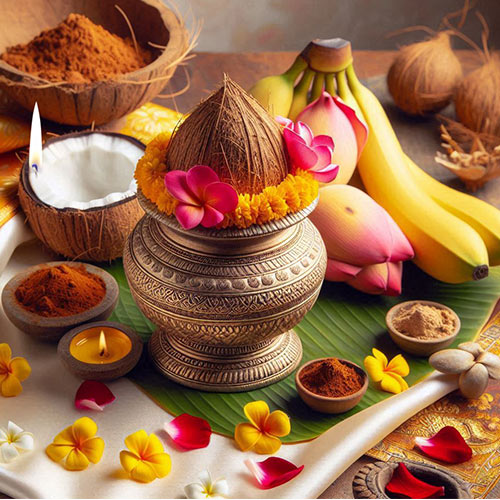
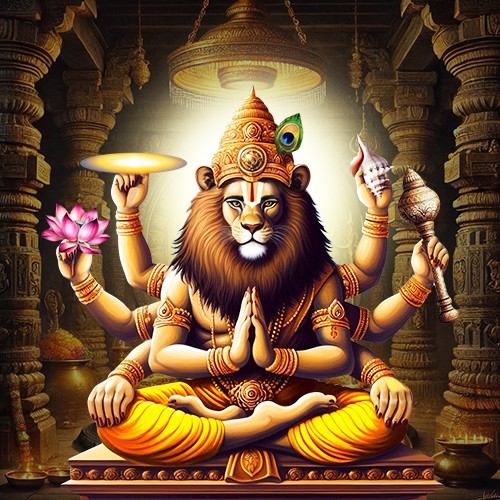

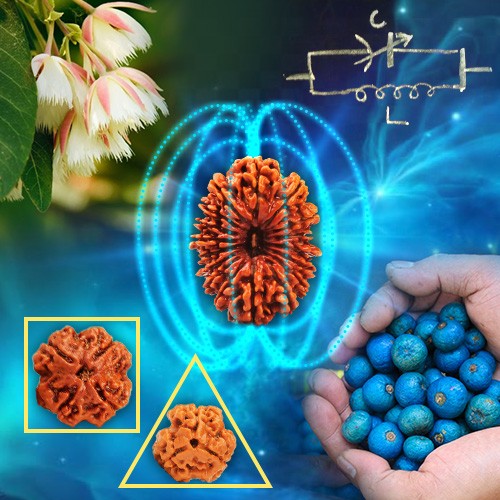

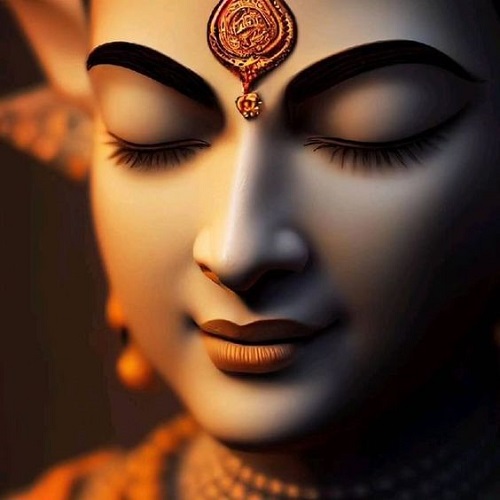
.jpg)
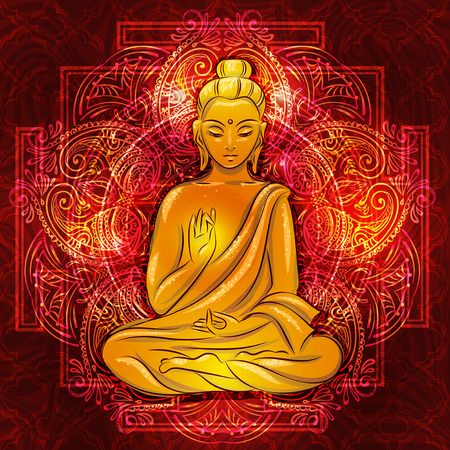

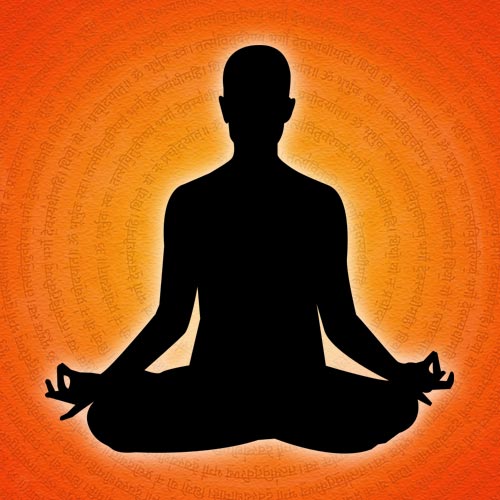
Comments 0
Leave your thought here